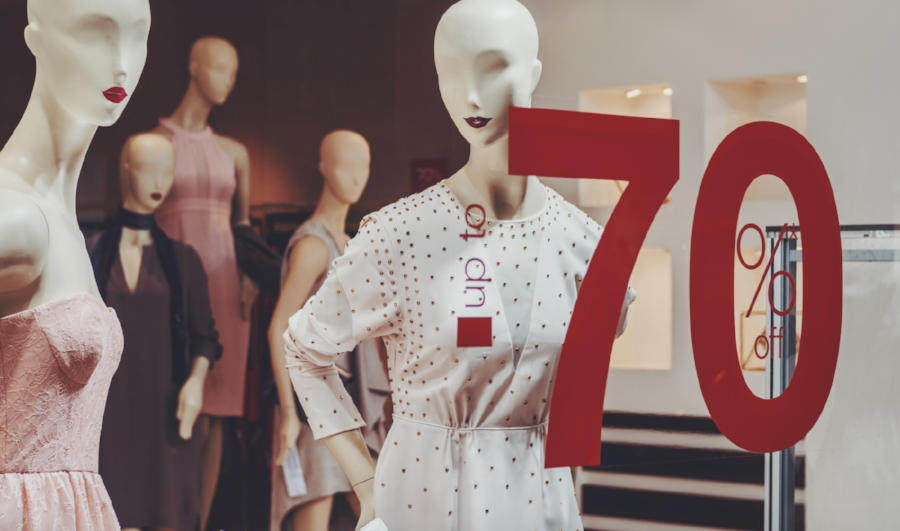
image: Unsplash
Five years ago today, over 1,000 garment workers were killed when the Rana Plaza building collapsed. Since then, certain responsible garment brands have made remarkable progress towards improving factory safety. However, problems are still widespread, deeply rooted and include many other labor-rights issues. We need to transform this industry, and to make that happen, all garment brands need to take on an active role and be held accountable for what happens in their supply chains.
There are signs of change. Some of our visits to Bangladeshi factories in recent years have been quite encouraging. We can see that the Bangladesh Accord – the independent legally-binding agreement designed to make all garment factories in Bangladesh safe workplaces – has managed to achieve specific improvements in structural, fire, and electrical safety at garment factories. Other industry initiatives demonstrated the benefit of uniting coalitions of leading garment brands to work on better conditions.
However, the brands that do use their leverage to try to improve garment workers’ lives do not cover all garment factories worldwide, not even those in Bangladesh.
We need all brands on board.
Imagine for a moment that you own a garment brand. In addition to profiting from your business, you also want workers at the opposite end of the supply chain to earn a fair living from the brand’s successes. You start discussing wages and safety measures with factory managers. They are happy to work with a brand that is willing to share responsibility.
You’re confident that you will succeed in creating change, especially if you’re joining forces with other brands that source from that factory. You purchase 10 percent of the factory’s output. Another well-known brand buys 50 percent and 11 others take the small remaining shares. However, they appear to be less interested in your mission of ensuring proper wages and safe workspaces, which means you can only achieve so much.
Brands are hardly ever a factory’s only buyer. They usually don’t own or manage the factories from which they source. They also do not dictate the laws of garment production countries. Nonetheless, brands have tremendous leverage over both. They have economic power to demand improvement of conditions. And as the main beneficiaries and drivers of the garment industry, brands have a huge responsibility for the welfare of the workers who make their clothes.
Along with quality and price requirements, garment brands can also call for decent working conditions. First they need to know exactly where their clothes are actually made, understand their supply chain and the risks of (hidden) subcontractors. Brands must routinely scrutinize their suppliers, conduct research and resolve problems with the factory when they occur.
Still yet, the purchasing practices of brands have a significant influence, positive or negative, on the lives of employees in clothing factories. Brands need to be willing to change their business practices, including better production planning to reduce pressure on factories, and adjusting prices as need be.
No garment brand would say that they want to produce their clothes at the expense of the workers who sew them. This is bad for people, business and reputation. Consumers, civil society and governments are placing mounting pressure on brands to start working on safer workplaces and being more transparent. International guidelines and – in some countries – changing regulations also mean that brands have an increased duty to ensure that their clothing is produced under good conditions.
Change is in motion and brands need to get on board before they get left behind.
Margreet Vrieling joined the Fair Wear Foundation in 2010. She is part of management and works with the production country and external relations teams. She has also been a brand liaison and headed the verification team.







